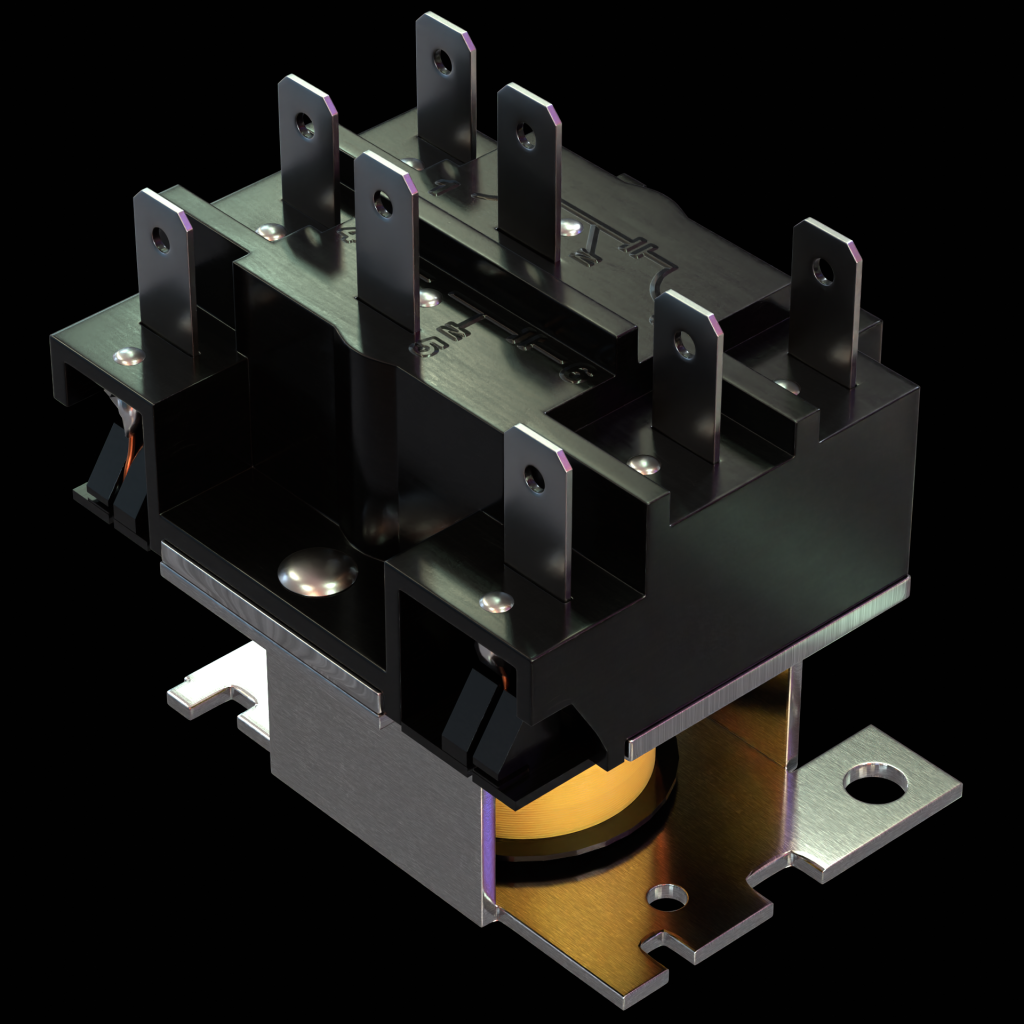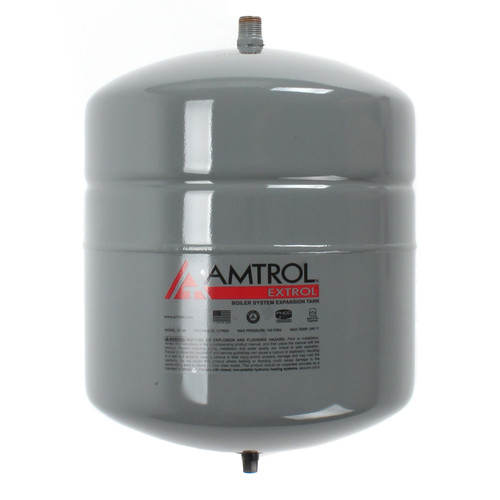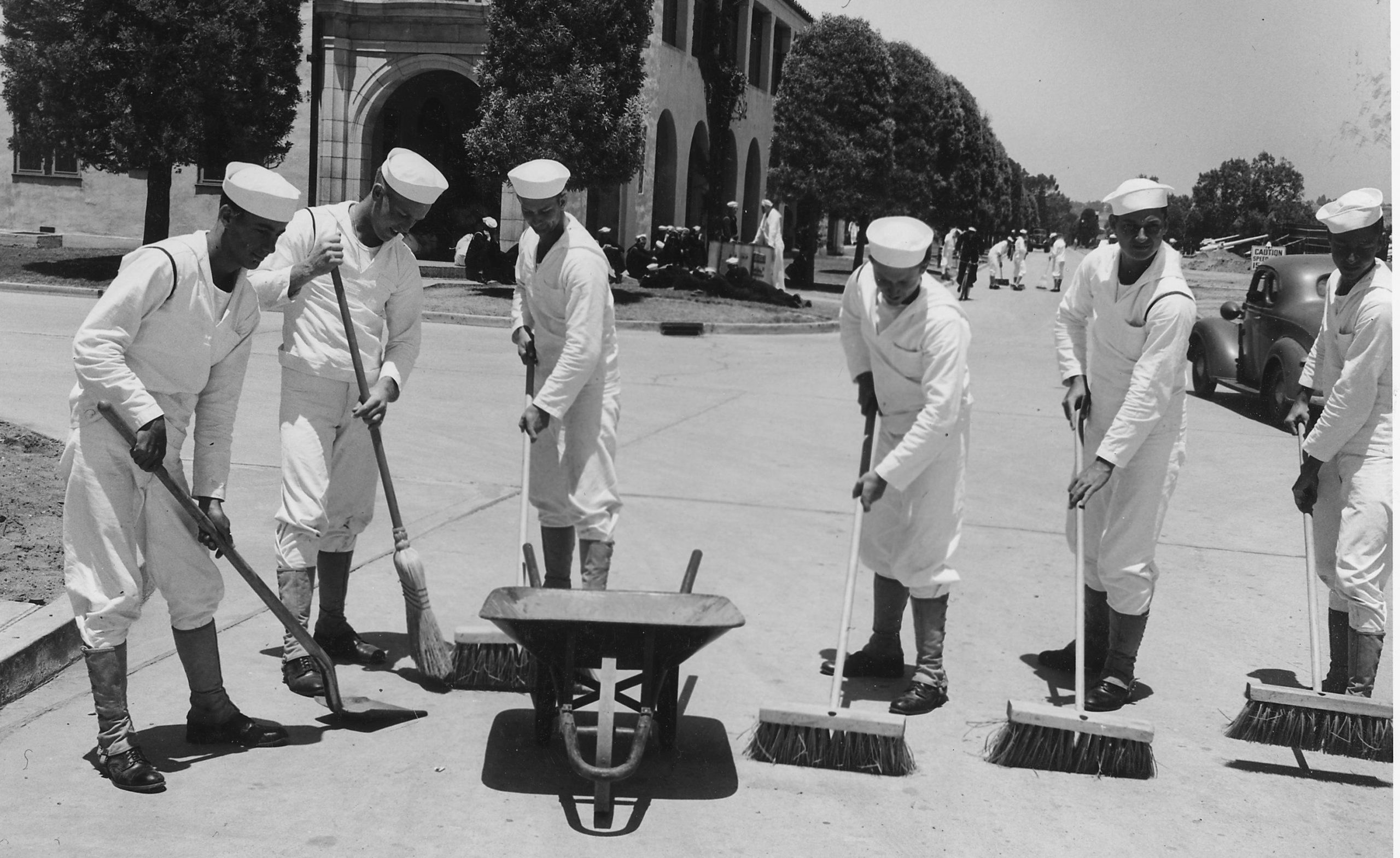Get Tech Tips
Subscribe to free tech tips.
Switch Terms

A while back, I had a tech who was having some trouble finding a 35 PSI (2.41 bar) make-on-fall pressure switch. One adjustable switch in the catalog said (SPDT), but he didn't quite understand what that meant. In that case, it means single-pole, double-throw, and the “double-throw” part means that the switch has terminals in both the close-on-rise and close-on-fall directions. Another common example of this sort of switch is a “three-way” light switch.

A single-pole, single-throw (SPST) switch is like a typical light switch. It only has one path (pole), and it can only be either closed or open.
A double-pole, single-throw (DPST) switch that is quite common is a two-pole contactor. It has two switches, but they only open and close in one direction.
A common double-pole, double-throw (DPDT) switch in HVAC/R is the 90-340 relay (and many other relays), where it has two circuits, and they alternate between closed and open terminals.

—Bryan
P.S. — THIS video also goes over pole vs. throw, open vs. closed, and some other electrical fundamentals.










Comments
To leave a comment, you need to log in.
Log In